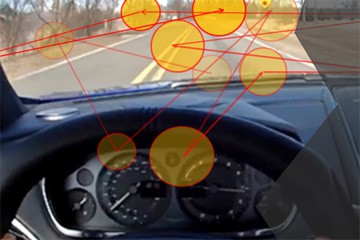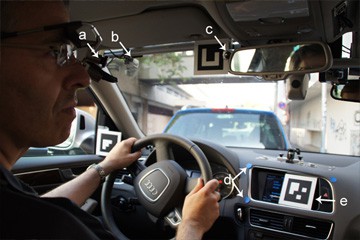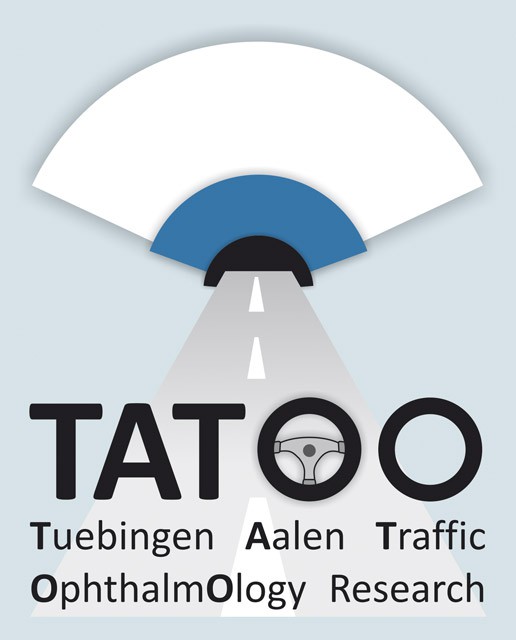Figure 1: View of a recording path while driving with right visual field defect.
Tuebingen Aalen Traffic Ophthalmology Research
This project proposal is concerned with the exploration assets and the driving behavior of patients with visual impairment as well as age and gender correlated Normal people, with the aim of finding predictors for adequate driving performance and, if necessary, to provide appropriate assistance.
Currently, the working group of the Competence Center Vision Research busy especially with patients with binocular congruent visual field defects (eg due to advanced glaucomatous optic nerve damage or stroke), their behavior in complex (visual) requirements as well as indicators of good or bad compensation ability of visual field defects.
Of particular interest in this context scope for compensation by shifting the defects by means of the head and / or eye movements as well as through targeted attention shift / -lenkung or through targeted, timely activation of appropriate assistance systems.
Ausgewählte Publikationen
-
Driving with Binocular Visual Field Loss? A Study on a Supervised On-Road Parcours with Simultaneous Eye and Head Tracking
Enkelejda Kasneci, Katrin Sippel, Kathrin Aehling, martinheister, Wolfgang Rosenstiel, Ulrich Schiefer, Elena Papageorgiou (2014)
Abstract
PLoS ONE, 9 (2), p. e87470 -
Online Classification of Eye Tracking Data for Automated Analysis of Traffic Hazard Perception
E. Tafaj, T. Kübler, G. Kasneci, W. Rosenstiel, M. Bogdan (2013)
Abstract
Artificial Neural Networks and Machine Learning (ICANN 2013) -
SubsMatch: Scanpath Similarity in Dynamic Scenes based on Subsequence Frequencies
T. Kübler, E. Kasneci, W. Rosenstiel (2014)
Abstract
Proceedings of the 8th Symposium on Eye Tracking Research and Applications, ETRA 2014, p.319-322




